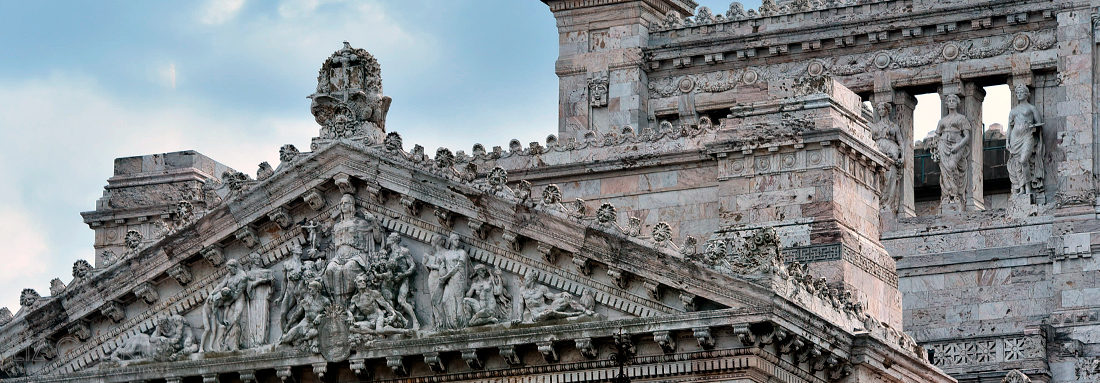
I won’t be shy about it. I like O. Fournier wines. A lot. They have style. They are full of finesse and elegance. Soulful, balanced wines with depth that are totally accessible to any palate. Appropriate for any occasion from hamburgers to foie gras. And the price point? Well, I hesitate to tell you. You can either scroll down or just understand that you get a lot of great wine for your buck no matter if you are in their younger lines like Urban, the sublime “Alpha” range, or even have the luck to come across their cultish Syrah special editon.
I got turned onto O. Fournier at a dinner party in early 2006 when one of their flagship wines from Spain, Spiga, was served. Fittingly, we were having ethereal pasta that night although Spiga really stole the show. Coincidences occured, as usual in South America, and I met the charismatic owner, José Manuel, shortly after at his winery in Mendoza. Over the past couple years, I have visited O. Fournier’s space-shuttle venture in the Uco Valley in Mendoza, Argentina and had the privilege of taking the full line of wines and several vintages. Now, Chile is the latest new estate to be born into the O. Fournier family.
After looking for over three years, they found vineyards in the San Antonio and Maule valleys. For those of you not familiar with wine geography in Chile, the Maule is the new frontier for reds in the Central Valley. Although it made mostly “cheap and cheerful” wines for many years with huge extensions of vineyards, there is a plethora of old (Carignan) vines hidden like gems, especially headed towards the coastal town of Constitución in the area of Loncomilla. O. Fournier has found their home in Loncomilla to start producing silky red blends of Cabernet, Merlot, and Carignan. The charm of the Maule is the cooler weather. The reds are more elegant, aromatic, with lush red fruit and clear, fresh notes. This means it doesn’t bog down your palate, they are easy to drink.
The other valley they chose for their whites and future Pinot darling is the current IT location for these varietals: San Antonio. Within San Antonio, the closest appellation to the Pacific Ocean, there is a large variation in terroir. Lo Abarca, at only four kilometers from the sea, has perhaps the poorest soils, coolest nights, and best conditions for growing a mind-blowing Sauvignon Blanc and Pinot Noir (O. Fournier’s new neighbors will be Casa Marin winery, currently the best ranked Sauvignon Blanc from Chile).
This morning in my inbox was an inspiring mail from José Manuel about the reviews of their Chilean babies from Decanter magazine in the UK. The article is appropriately headed, “Chile: The Decanter Guide to the New World’s most exciting Wine Country” (heck yes!), written by Steven Spurrier.
Centaurí Sauvignon Blanc 2007: A coastal vineyard that preserves both fruit and crispness; silvery pale, white light fruits, and very fine purity of Sauvignon blanc; good fruit with minerality and character (3 stars), US$18
My comments: I thought this was an excellent first showing even with green notes of grass/asparagus. My only caveat, which I have voiced already, is that it falls a little short mid-palate. But that I have faith is with time and getting to know the terroir will change.
Urban, Maule 2007 Cabernet, Merlot, Carignan blend: 40%, 30%, 30% respectively–deep black/red, crushed berry fruit (like raspberries and blackberries), lifted by spices and still quite tannic. Needs six months and then it will be very good. Drink through 2012. US$12
My comments: This is the bargain wine of the century. That elusive animal of finding a great US$10 range wine. Buy a case and let it sit until 2009–or if you are impatient (as I am), go to Sur La Table and buy one of those wine sprinkles to put in your decanter and let it sit for a few hours to aireate. You will not be disappointed. At this price, it is almost a wine A-HA moment.
Kudos to O. Fournier. Kicking butt (again).












